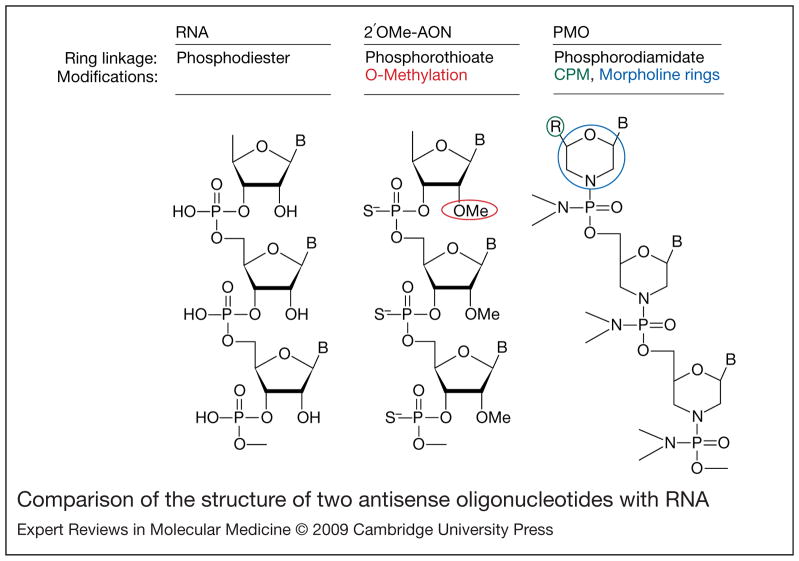Figure 4. Comparison of the structure of two antisense oligonucleotides with RNA.
Antisense oligonucleotides (AONs) are designed to be complementary to specific sequences within mRNA transcripts, and have various chemical modifications that distinguish them from RNA. Specific modifications confer resistance to degradation and ability to penetrate cell membranes. RNA (left panel) contains phosphodiester linkages between each ribose ring, whereas 2′O-methylated (2′OMe) AONs (middle panel) have phosphorothioate linkages (the oxygen is replaced with a sulphur atom). Phosphorodiamidate morpholino oligomers (PMOs, right panel) have morpholine rings instead of ribose rings, often contain conjugated cell-penetrating moieties (CPM, R group in structure) to facilitate cell entry and subunits are linked by phosphorodiamidates (the oxygen is replaced with a nitrogen group). B, RNA nucleobases.

